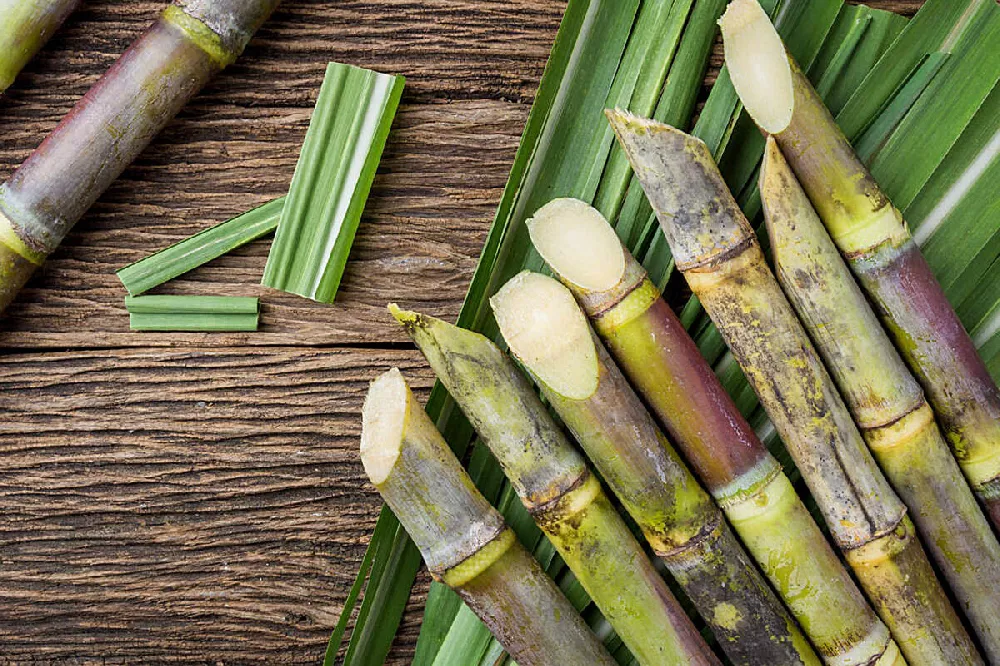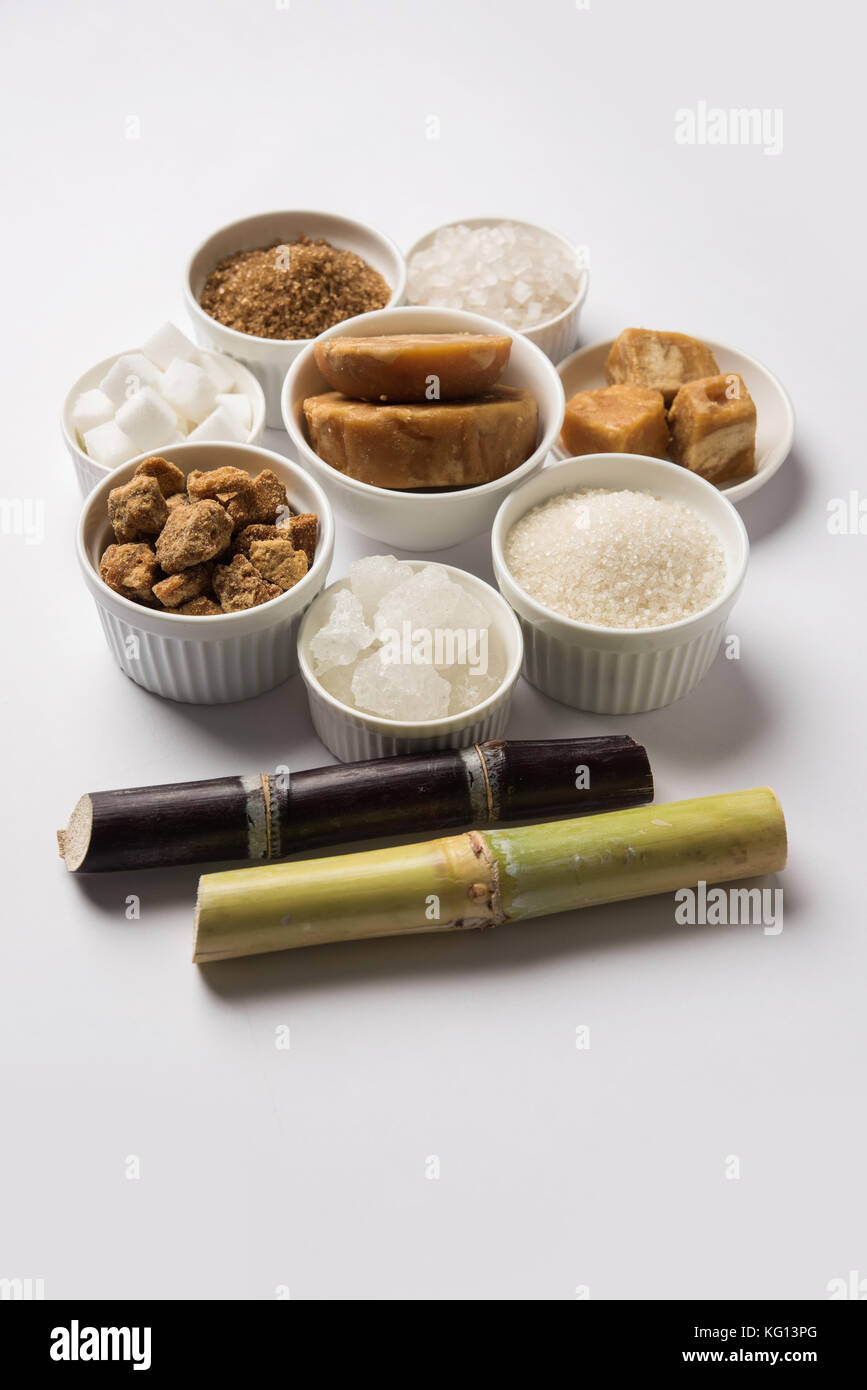Why Are sugar cane products So Versatile?
Wiki Article
A Deep Dive Into Sugar Cane: Insights on Production, Product, and Item Development
Sugar cane plays an important duty in farming, underpinning economies in tropical regions. Its farming involves complex procedures influenced by different ecological elements. Nevertheless, cultivators deal with significant challenges, consisting of climate adjustment and market variations. Advancements in item advancement are arising in response to developing customer demands. Recognizing these dynamics is necessary for understanding the future of this important plant and its effect on global markets. What exists ahead for sugar cane and its myriad applications?The Importance of Sugar Cane in Global Farming
Sugar cane acts as a vital crop in global agriculture, underpinning economic climates and food systems in many tropical areas. This versatile plant is largely grown for its high sucrose content, which is fine-tuned into sugar, a staple active ingredient in plenty of foodstuff. Beyond sweetening, sugar cane is likewise vital for generating biofuels, specifically ethanol, contributing to energy sustainability.The financial significance of sugar cane expands to employment, giving source of incomes for millions of farmers and workers in handling facilities. In a number of nations, sugar cane growing and handling represent substantial sections of farming GDP, affecting trade balances and regional development.Additionally, sugar cane's flexibility to various climates improves its relevance as a plant, making certain consistent supply in worldwide markets. Its byproducts, including molasses and bagasse, better diversify its utility, making it a necessary component in food, energy, and industry. Overall, sugar cane remains a foundation of farming productivity worldwide.Farming Processes: From Growing to Harvest
Cultivating sugar cane involves a series of well-defined processes that ensure suitable development and yield. The cultivation starts with land prep work, where the dirt is tilled to protect ideal oygenation and water drainage. Following this, seed cane, which consists of mature stalks, is selected and cut right into sections (sugar cane products). These sections are after that grown in furrows, ensuring correct spacing to permit sunshine and nutrient access.Once planted, watering systems are utilized to keep ample wetness degrees, as sugar cane grows in humid conditions. Weeding and insect monitoring are essential throughout the growing duration to reduce competition for sources. Nutrient application, consisting of plant foods, supports robust growth. As the plants mature, keeping an eye on for illness and parasites continues.Harvesting usually happens 10 to 24 months post-planting, depending on the selection. The walking sticks are reduced close to the ground, making certain minimal waste, and are rapidly moved for processing to maintain sugar high qualityGeographical Circulation of Sugar Cane Production
The geographical circulation of sugar cane production is largely formed by particular climate and dirt needs. Significant creating countries, such as Brazil, India, and China, take advantage of tropical and subtropical environments that support the crop's growth. Recognizing these factors supplies understanding right into the international landscape of sugar cane farming.Significant Producing Countries
Although sugar cane is grown in various regions worldwide, particular nations control production as a result of desirable climates and agricultural practices. Brazil leads the global market, representing about one-third of overall production, many thanks to its comprehensive haciendas and progressed farming strategies. India complies with as a substantial manufacturer, profiting from both positive climate condition and a large domestic market. China and Thailand likewise place among the leading manufacturers, with well-established infrastructures sustaining their sugar markets. Other significant contributors include the United States, Mexico, and Australia, each leveraging their special agricultural systems to enhance result. These countries play a necessary role in the sugar cane supply chain, influencing international costs and availabilityEnvironment and Soil Requirements
Suitable climate and soil problems are vital for successful sugar cane production. Sugar cane grows in tropical and subtropical regions, requiring cozy temperature levels in between 20 ° C and 30 ° C (68 ° F to 86 ° F) These plants require bountiful sunlight and rains, ideally in between 1,500 to 2,500 millimeters annually, to guarantee peak growth. The soil should be well-drained, productive, and rich in natural issue, with a pH level ideally in between 5.5 and 8.5. Sandy loam or clay loam dirts are specifically for sugar cane growing, supplying essential nutrients and water drainage. Geographical circulation is mainly affected by these elements, with major production locations situated in Brazil, India, and China, where environmental conditions straighten with the plant's needs for development and return.
Difficulties Dealt With by Sugar Cane Growers
Sugar cane cultivators run into significant difficulties that influence their livelihoods. Climate change presents unpredictable weather patterns, affecting crop yield and quality. In addition, market rate volatility produces economic unpredictability, complicating long-term planning for these farming manufacturers.Climate Change Impacts

Exactly how do climate change effects influence the feasibility of sugar cane cultivation? Climbing temperatures and erratic weather condition patterns especially challenge sugar cane cultivators. Boosted warm can lead to lowered yields, as the plants struggle to grow in severe conditions. Additionally, transformed rains patterns lead to either droughts or excessive flooding, both detrimental to crop health. Insects and illness are likely to proliferate in warmer climates, better harmful production. Soil deterioration and salinization due to rising sea degrees can diminish cultivable land. These climatic changes oblige cultivators to adapt their practices, frequently calling for financial investment in brand-new technologies and resilient plant varieties. Ultimately, the sustainability of sugar cane growing hinges on attending to these climate tests properly.

Market Value Volatility
Market price volatility offers substantial difficulties for sugar cane cultivators, affecting their monetary stability and preparation. Changes in market value, driven by aspects such as international supply and need, weather, and federal government plans, develop uncertainty for producers. This changability makes it hard for growers to forecast profits and manage operating budget efficiently. In addition, when costs drop suddenly, numerous farmers may have a hard time to cover production expenses, resulting in potential financial distress. To mitigate these dangers, some cultivators transform to agreements or hedging strategies, yet these options might not be available to all. Subsequently, market rate volatility remains a relentless issue, affecting the total sustainability and profitability of sugar cane farming.Comprehending the Sugar Cane Supply Chain

Market Fads Influencing Sugar Cane Rates
The characteristics of sugar cane prices are affected by a selection of market fads that reflect wider financial problems and customer behaviors. International need for sugar and sugar-related items plays a crucial duty, with raising rate of interest in organic and sustainably sourced products driving rates higher. Additionally, fluctuations in oil prices impact the expense of production and transport, additional influencing market prices. Weather patterns are another substantial element; adverse problems can bring about minimized returns and increased rates. Trade plans, tolls, and global arrangements also form the marketplace landscape, influencing supply chains and availability. Currency exchange prices can complicate international trade, influencing costs for both merchants and importers. Shifts in consumer choices toward much healthier alternatives might modify need patterns, developing a surge effect on sugar cane pricing. sugar cane products. Comprehending these interconnected fads is vital for stakeholders in the sugar market.Developments in Sugar Cane Item Advancement
Many advancements in sugar cane item development are improving the find out here now sector and increasing its applications. Scientists are discovering different uses beyond traditional sugar, including biofuels, naturally degradable plastics, and wellness supplements. Advancements in chemical handling methods have actually enhanced the extraction of valuable substances such as antioxidants and vitamins from sugar cane, advertising its use in useful foods.Additionally, the growth of genetically modified sugar cane varieties aims to boost yield and resistance to pests, while additionally enhancing the nutritional profile of the plant. Innovations in fermentation procedures have caused the production of high-quality liquors stemmed from sugar cane, appealing to an expanding market for craft spirits.Moreover, lasting practices in cultivation and processing are obtaining traction, with a concentrate on minimizing environmental influences. These developments not just create brand-new market chances yet also cultivate a more lasting method to sugar cane production, lining up with global trends towards eco-friendly items.Regularly Asked Inquiries
What Are the Ecological Influences of Sugar Cane Farming?
The environmental impacts of sugar cane farming include logging, loss of biodiversity, water contamination from fertilizers and chemicals, soil deterioration, and greenhouse gas emissions, every one of which substantially add to ecological discrepancies and climate modification.
How Does Sugar Cane Growing Affect Citizen Economies?
Sugar cane cultivation considerably influences local economic climates by producing jobs, promoting agricultural sectors, and producing income for farmers. It can also lead to financial dependency and changes based on market demands and ecological conditions.What Are the Key Pests and Diseases Affecting Sugar Cane?
The primary pests impacting sugar cane consist of the sugarcane borer and aphids. Illness such as red rot and smut significantly impact return. Farmers need to execute integrated parasite monitoring methods to reduce these threats properly.Exactly How Is Sugar Cane Processed Into Different Products?
Sugar cane processing entails crushing the stalks to remove juice, complied with by clarification, dissipation, and condensation. This procedure returns learn the facts here now raw sugar, molasses, and ethanol, each offering distinct objectives in various markets, from food to energy.What Are the Nutritional Aspects of Sugar Cane?
The dietary facets of sugar cane consist of necessary minerals and vitamins, particularly B vitamins, calcium, and iron. It additionally contains fiber, though primarily composed of sucrose, which gives energy however does not have significant nutrients.Report this wiki page